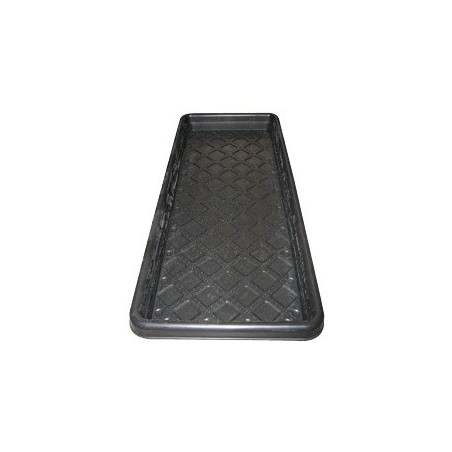As we raise our eyes to the horizon of the approaching new year, we see a global pork industry setting up for an extended period of breakeven prices (combined with periods of losses, some of which could be at least briefly severe). This has happened for a couple of very important reasons. First, there has been a structural increase in global meat production, meaning that the major protein chains in key places around the world have made the decision to invest in and populate a permanent increase in productive capacity over the last two years.
When we call it permanent, it does not mean that severe economic pressure would not temporarily idle some production or lower weights if the battering is lengthy enough. Rather, it means that the new fixed assets are now in place in the United States, as well as in several places worldwide. In the US, we have never met an empty pig space that we could fall in love with so expect full throughput. Productivity gains grind out constant marginal increases on top of planned production increases which keeps the surface of the production balloon very taut.

Second, we will have a global abundance of low-cost coarse grains, especially corn, even if the United States retracts a bit on production in 2019 as forecasted now by USDA. I am not challenging that forecast but I must add, while I see the logic in the USDA November 8th world forecast update, I will believe it when I see it. Between the southern hemisphere and the Ukraine and other places, corn will be cheap and abundant and moving around the world with relative ease. Soybean producers in the US will be worried now about permanently retiring their famous war cry, “Beans to the teens!” as forecasted production combined with carryover will keep prices well below $10/bushel. This means soybean meal will float around $300/short ton keeping protein cheap.
The long and short of it is that low cost feed will constantly put pressure on the production gas pedal keeping decent levels of pork profitability just out of reach. Continuing marginal increases in world meat demand will save the day by keeping the situation from becoming a disaster financially but it will be a few years before big opportunities once again present themselves. Of course, our current lurking nemesis, ASFv could change all of this either slowly, or in some dramatic ways overnight. We wait. We watch. We work the worry beads.
Given the above, the economically resilient pork producer, the one that does well even when challenging economic conditions set in, will be doubling down on moving the farm toward greater precision-based financial control. Disease, especially chronic disease, is the single biggest threat when economic conditions become borderline. It is a multi-headed profit destroyer. Slower growth extends building or space turns lowering annual output and raising per unit costs. Lower weights at harvest and increased culls/tail-enders drain needed revenue to offset fixed payments unrelated to output. Increasing mortality completely negates investment-to-date in those animals which die and feed use to disproportionately maintain body weight vs fuel growth in sick animals dramatically lowers efficient use of the farm’s most expensive operating cost.
Since prevention is clearly superior and far less expensive than cleaning up the mess, it forms the foundation of all precision practices. Fortifying the barriers in terms of investments and training in rigorous bio-security, a regionally tailored and meticulously executed vaccination program coupled with other forms of prevention give the production process a fighting chance to realize the intention first imagined when those sizeable investments were undertaken.
Lastly, there must be a deepening and a renewed commitment to the collection and use of farm data not currently used by many for moving gradually toward a greater degree of profit optimization around both production and marketing decisions. Overcoming the slow death of breakeven outcomes will be made by focusing on narrowing the variance of production metrics not just maintaining adequate mean values.
It is shocking to me to see the number of farms, even larger ones, whose managers continue to drive critical decisions using only a time-series approach with average closeout metrics or sow farm “performance monitors”. All of these by themselves are at best crude indications of the complexity of profit creation from pork production. They are woefully focused on yesterday’s averages and have a relatively high level of measurement error. To borrow a famous phrase from a few years ago, “The 1990s are calling and wanting their farm analysis techniques back.” Farms will never enter the emerging era of modern food production clinging to those once useful little calculations with their accompanying truisms that aren’t really true. These methods were developed and were a big advance when pigs were coming out of mudholes and into buildings. Check your calendar, that was a while back.






